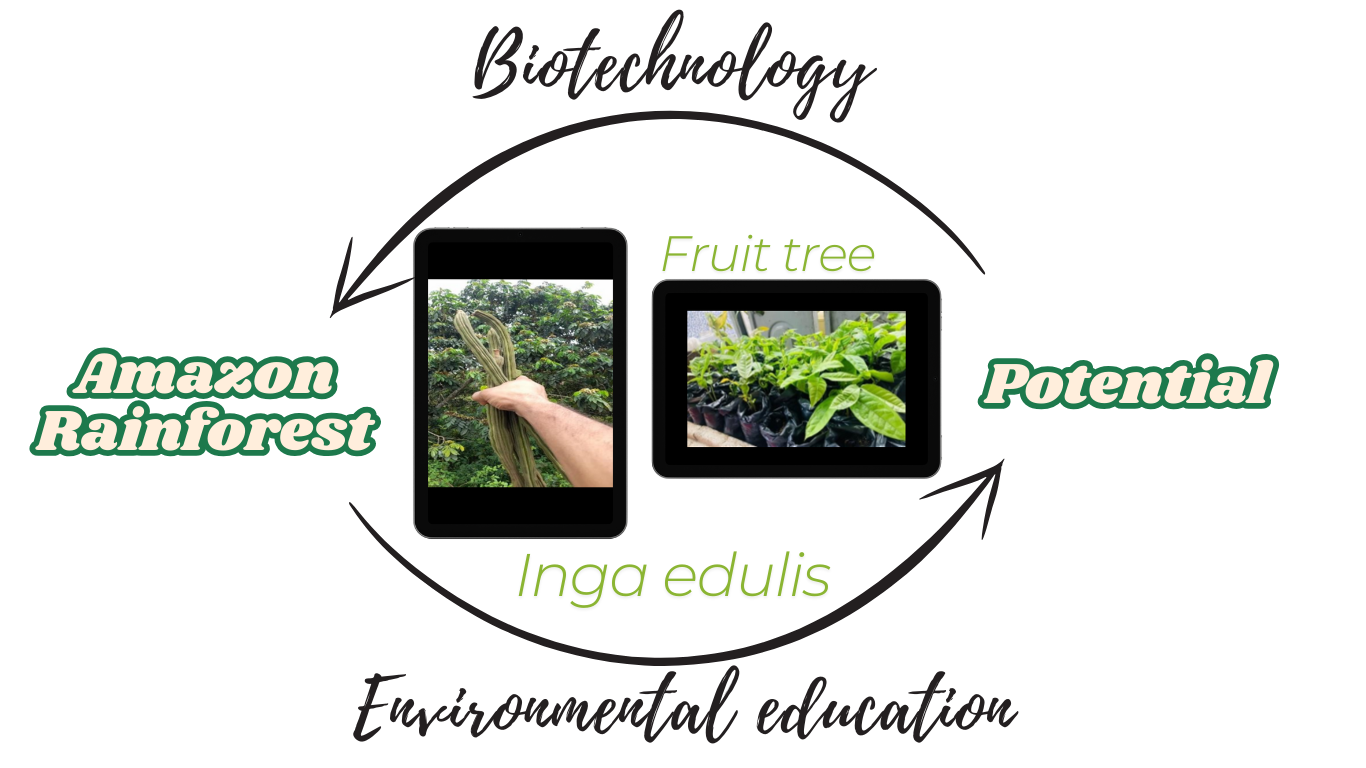ECOLOGICAL SERVICES OF AGROFORESTRY LANDSCAPES IN SELECTED WATERSHED AREAS IN THE PHILIPPINES AND INDONESIA
Downloads
This article argues that the practice of agroforestry provides ecological contributions to the smallholder farmers cultivating in the watershed areas. Specifically, this farming system provides contribution to carbon sequestration potential of the woody perennials and the biodiversity conservation of the other components of the system.  This argument is based on the research conducted in Molawin-Dampalit Sub-Watershed, Mt. Makiling Forest Reserve in the Philippines and Way Betung Watershed in Indonesia. The research involved an interview session of 106 and 261 smallholder farmers and an assessment of 27 and 14 agroforesty plots for carbon stock assessment and biodiversity assessment, respectively. Results indicated that the total carbon found among the crop components was 52.32 MgC/ha in Molawin-Dampalit Sub-Watershed and 244.26 MgC/ha in Way Betung WatershedÂ, which suggested the high carbon sequestration potential of the woody perennials and understory crops in an agroforestry system. The farm lots being cultivated by the smallholder farmers were found to contribute to biodiversity conservation having a moderate biodiversity index of 2.59 and 2.53, respectively. With these findings, promotion of desired agroforestry systems in suitable portions of the watershed areas should be intensified and heightened to contribute to ecological balance across the landscape. Agroforestry should always be an integral part of all initiatives toward ecological restoration with the cultivators/smallholder farmers as potential partners. The agroforestry system should consider all the technical and socioeconomic considerations toward having diverse components and ensure food security among the smallholder farmers throughout the year.
Downloads
Authors who publish with this journal agree with the following terms:
- Authors retain copyright and grant the journal right of first publication, with the work 1 year after publication simultaneously licensed under a Creative Commons attribution-noncommerical-noderivates 4.0 International License that allows others to share, copy and redistribute the work in any medium or format, but only where the use is for non-commercial purposes and an acknowledgement of the work's authorship and initial publication in this journal is mentioned.
- Authors are able to enter into separate, additional contractual arrangements for the non-exclusive distribution of the journal's published version of the work (e.g., post it to an institutional repository or publish it in a book), with an acknowledgement of its initial publication in this journal.
- Authors are permitted and encouraged to post their work online (e.g., in institutional repositories or on their website) prior to and during the submission process, as it can lead to productive exchanges, as well as earlier and greater citation of published work (See The Effect of Open Access).




























